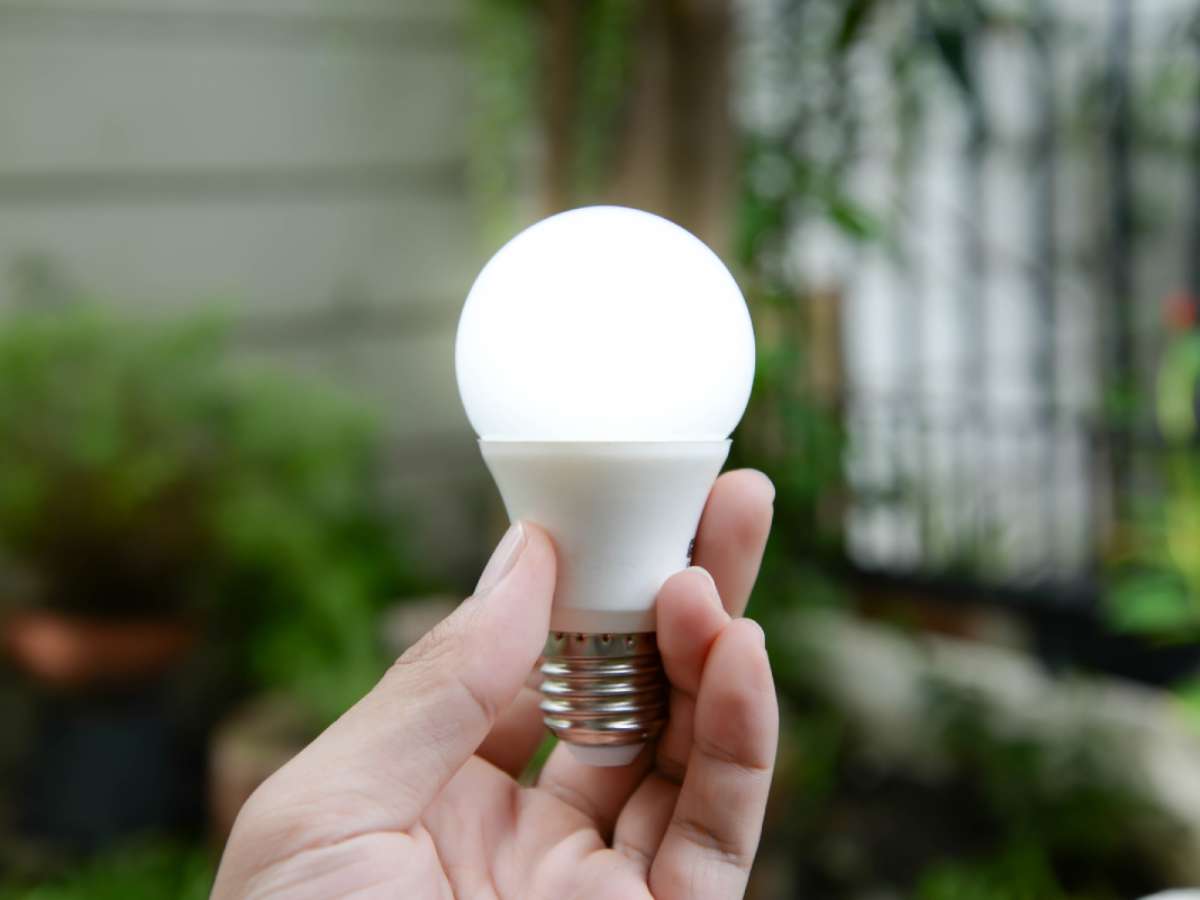 When I’m cleaning out my closet (which is a task I don’t do as often as I should!), recycling the clothes I no longer need or wish to wear is something I do to try and stay as environmentally friendly as possible.
When I’m cleaning out my closet (which is a task I don’t do as often as I should!), recycling the clothes I no longer need or wish to wear is something I do to try and stay as environmentally friendly as possible.
Sure, there are many clothes that I will donate to shelters and charities, but my rule of thumb is this: if a piece of clothing is too worn for me to wear, it probably is for somebody else, too.
So, recycling the clothes that have seen better days is not only the responsible thing to do, it also allows me to re-purpose the clothes that I really can’t wear any longer – and the clothing that the fashion police would probably arrest me for wearing.
Here are 4 great DIY ideas for recycling clothes:
#1 – Use old clothes as rags.
Something I’ve done many times with my old, ragged T-shirts and linen pants is to cut them into 12-inch squares.
These old clothing squares make perfect household rags and are ideal for use when washing your car, cleaning kitchen countertops, and greasing up your lawn equipment.
While I’ve always tried hard to reuse these rags as much as I can, whenever they get got too abused, dirty, or torn, I simply toss them away knowing that I at least gave them a second life before they hit the garbage can.
#2 – Make a quilt with old clothes.
If you’ve got a little extra time and you’re fairly skillful with a sewing machine, you can re-purpose your clothes and turn them into a patchwork quilt.
After cutting your old clothing into 6-inch squares, sew the squares end to end, creating a colorful mosaic as big as you like.
Don’t have the time or energy to do it yourself? There are lots of companies that will make t-shirt quilts and the like for you.
Who knows? The quilt you make today out of recycled clothes could turn into a beloved heirloom that travels through generations in your family.
#3 – Create fun necklaces from your old clothes.
Here’s a fun project if you’re crafty!
Cut up your old shirts, pants, and skirts into cords about a quarter-inch thick. Then, tie those cords together to the desired length and braid them into necklaces that you can wear, gift, or even sell!
In addition to making necklaces out of old clothes that you’re recycling, you could also craft these reused threads into bracelets, anklets, and hair wraps.
#4 – Dish up some placemats made with old clothes.
Say bon appétit to the idea of turning your old clothes into placemats for your kitchen table.
This simple idea is a fun and crafty way to show off your re-purposing skills to guests, and requires very little time.
To make placemats out of your old clothes, you’ll be best to work with shirts, blouses, and skirts — since you normally can’t get a big enough rectangle of clothing (generally 14 inches by 16 inches or so) out of pants, scarves, and socks.
To create even stronger placemats, you could double up your rectangles of reused clothing material and embroider them together, back-to-back, along their edges.
A little personal insight: before trying out this project, you might want to wash the clothes you’re recycling first. After all, the last thing you want sitting on your dining table are dirty clothes!
As you can see, recycling clothing doesn’t have to be an arduous chore — and it can even be fun.
So, when it’s time to clean out the closet (and it’s about time for me to do that now, by the way), remember to have a little fun with those old threads — including your bed sheets — and try recycling your old clothes into crafty projects that you and your friends will enjoy.




